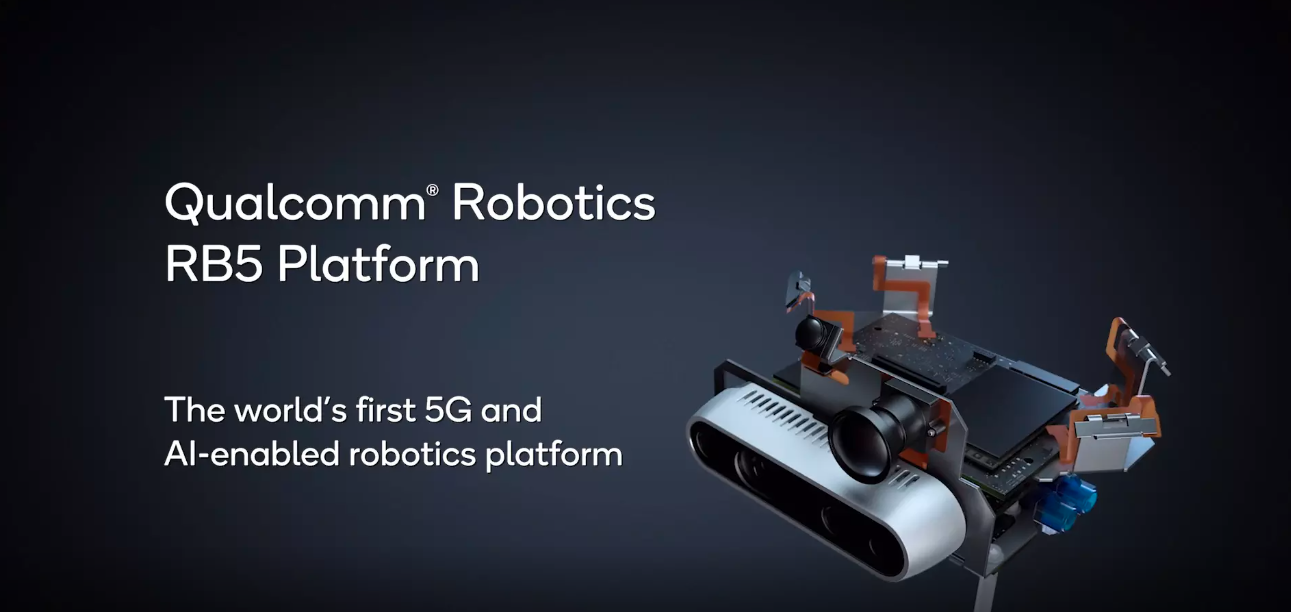Qualcomm launches Robotics RB5 Development Kit with QRB5165 processor
Chipmaker Qualcomm has announced the launch of the Robotics RB5 to enterprises, which allows companies and developers to build multi-purpose robots with 5G network connections, and integrates machine learning, complex computing, and intelligent perception capabilities. Qualcomm said the RB5 robot platform can support the development of next-generation consumer, industrial, defense, and professional low-power AI artificial intelligence or drones.
Qualcomm uses specially designed chips on this platform. Its Qualcomm QRB5165 processor is specially tailored by Qualcomm for robot applications. Its powerful alternative computing architecture design combined with hexagonal tensor accelerators supports the leading 5th generation Qualcomm AI Engine with the brand-new Qualcomm Hexagon Tensor Accelerator. The artificial intelligence engine can provide 15 trillion operations per second(TOPS) computing power, and can efficiently handle various complex artificial intelligence and deep learning workloads.

Image: thundercomm
The non-independent computing mechanism of the RB5 platform uses multiple unit processors in combination, including an eight-core Qualcomm Kryo CPU and Adreno GPU based on the Qualcomm Snapdragon 865 processor, and can also carry multiple digital signal processors and cameras. In addition, it uses a special computer vision hardware module EVA. “EVA provides enhancements for CV applications with reduced latencies for real time image processing decisions under decreased power for demanding budgets freeing up the DSP, GPU, and CPU capacity for other critical AI applications.”
In terms of network connection, the RB5 platform supports both 4G and 5G networks and combines robot technology and artificial intelligence systems to apply the latest 5G network technology. The platform is launched in a comprehensive development kit to reduce robot development time and complexity. The development kit includes a robot development board with a QRB5165 processor, which conforms to the 96-board hardware open specification and supports a wide range of mezzanine board expansion. The platform currently supports Linux distributions such as Ubuntu operating system and ROS robot operating system and has integrated various complex cameras, sensors, and related drivers.





